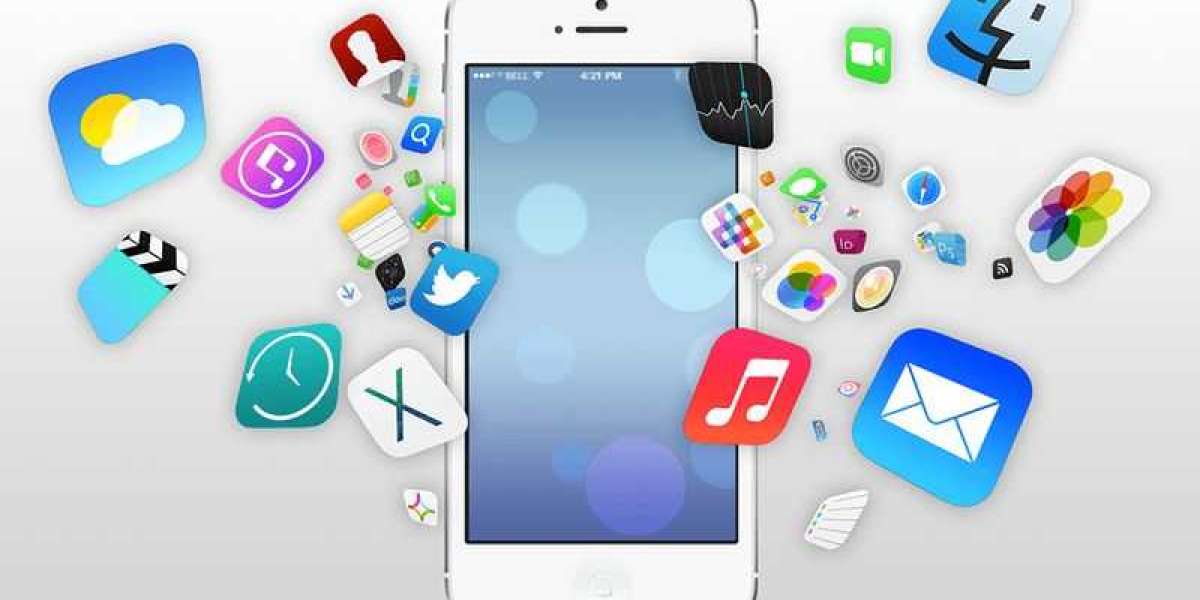Creating your first iOS app can be an exciting and rewarding experience. Whether you’re looking to bring your innovative idea to life or enhance your programming skills, diving into iOS app development opens up a world of possibilities. In this guide, we’ll walk you through the process of making your first app, with insights from the expertise of Cubes Infotech, a leading iOS development company based in Surat.
Understanding the Basics of iOS App Development
Before jumping into the development process, it’s essential to understand the basics. iOS apps are developed using Swift or Objective-C programming languages. Swift, introduced by Apple in 2014, has become the preferred language due to its ease of use, safety features, and modern syntax.
The development environment for iOS apps is Xcode, an integrated development environment (IDE) provided by Apple. Xcode offers a complete set of tools for developing, testing, and debugging your apps. With the basics covered, let’s move on to the steps involved in creating your first app.
Step 1: Setting Up Your Development Environment
The first step in iOS app development is to set up your development environment. Here’s how:
- Download and Install Xcode: Xcode is available for free on the Mac App Store. Download and install the latest version to get started.
- Familiarize Yourself with Swift: If you’re new to Swift, spend some time learning the language. There are many online resources, tutorials, and courses available that can help you get up to speed.
- Create an Apple Developer Account: To test your app on a real device and eventually submit it to the App Store, you’ll need an Apple Developer account. You can sign up on the Apple Developer website.
Step 2: Planning Your App
Before diving into coding, it’s crucial to plan your app thoroughly. Cubes Infotech emphasizes the importance of a well-thought-out plan to ensure a smooth development process. Consider the following:
- Define Your App’s Purpose: What problem does your app solve? What value does it offer to users? Defining your app’s purpose will guide your design and development decisions.
- Sketch Your App’s UI: Create rough sketches or wireframes of your app’s user interface (UI). This step helps you visualize how users will interact with your app and ensures a user-friendly design.
- List Key Features: Identify the core features your app will include. Focus on a few essential features for your first version, and plan to add more in future updates.
Step 3: Building the User Interface (UI)
Once you have a clear plan, it’s time to start building your app. The UI is the first aspect you’ll work on:
- Open Xcode and Start a New Project: Open Xcode, select “Create a new Xcode project,” and choose a template that fits your app type. For most apps, the “Single View App” template is a good starting point.
- Design the UI Using Interface Builder: Xcode’s Interface Builder allows you to design your app’s UI visually. Drag and drop UI elements like buttons, labels, and text fields onto your view controller. Customize their appearance and layout according to your design plan.
- Set Constraints for Responsive Design: To ensure your app looks good on different screen sizes, use Auto Layout to set constraints for your UI elements. This step is crucial for creating a responsive design.
Step 4: Coding Your App’s Logic
With the UI in place, you can now focus on coding the app’s functionality. This is where you’ll use Swift to bring your app to life:
- Connect UI Elements to Code: In Xcode, use the Assistant Editor to create connections between your UI elements and your code. This allows you to control what happens when users interact with your app.
- Write Code for App Functionality: Start writing the code that defines your app’s behavior. For instance, if you’re building a to-do list app, you’ll write code to add, edit, and delete tasks. Use Swift’s features, such as variables, loops, and conditional statements, to build your app’s logic.
- Test Your App: Regularly test your app using the iOS Simulator in Xcode. Testing helps you identify and fix bugs early in the development process. You can also connect your iPhone or iPad to your Mac and test the app on a real device.
Read More: Best Freelance Software Development Services
Step 5: Refining and Polishing Your App
After the basic functionality is in place, it’s time to refine your app:
- Optimize the User Experience (UX): Ensure your app is easy to use and intuitive. Pay attention to details like navigation, feedback, and overall user experience.
- Improve Performance: Check your app’s performance and optimize it for speed and efficiency. Avoid unnecessary computations and optimize image and data handling.
- Add Final Touches: Add any additional features, animations, or transitions that enhance the app. Cubes Infotech suggests focusing on creating a seamless and enjoyable user experience.
Step 6: Submitting Your App to the App Store
Once your app is complete, the final step is to submit it to the App Store:
- Prepare App Store Assets: Create an app icon, screenshots, and a compelling description. These assets are crucial for attracting users to download your app.
- Test Your App Thoroughly: Before submission, test your app extensively to ensure it’s free of bugs and meets Apple’s guidelines.
- Submit to the App Store: In Xcode, use the “Product” menu to archive your app and upload it to the App Store. Apple will review your app, and once approved, it will be available for download.
Conclusion
Developing your first iOS app is a challenging yet fulfilling journey. With the right tools, a solid plan, and guidance from experts like Cubes Infotech, you can bring your app idea to life. As you gain experience, you’ll be able to take on more complex projects and continue to innovate in the world of mobile app development. Good luck with your first app!








